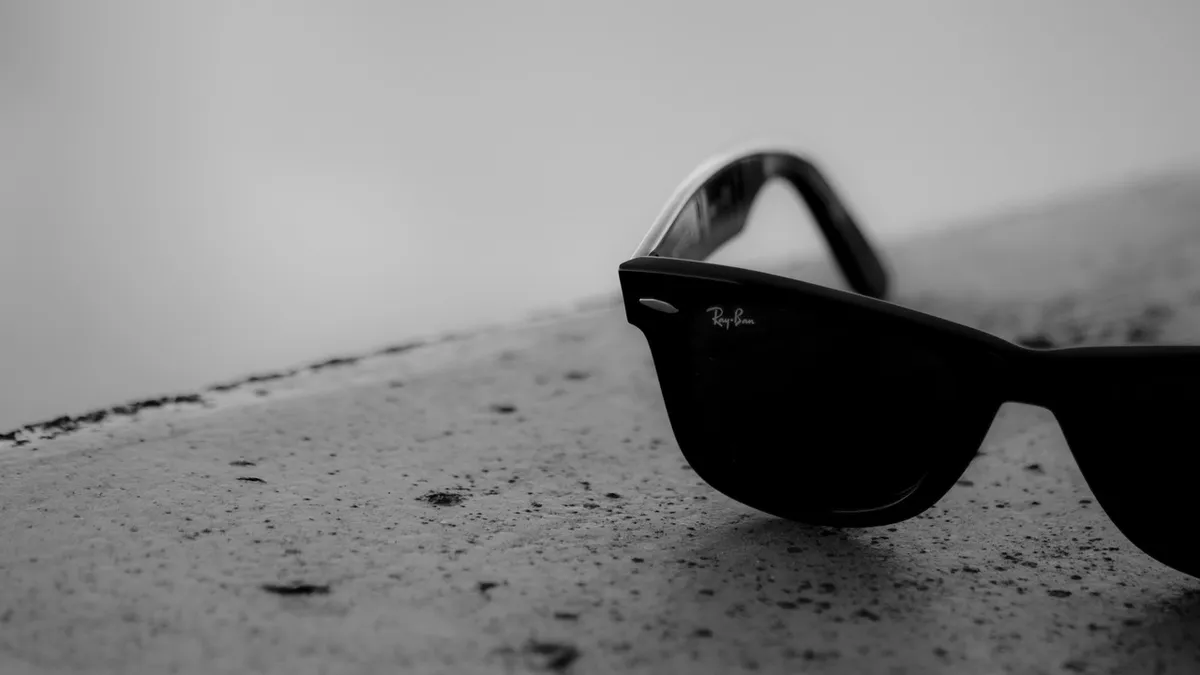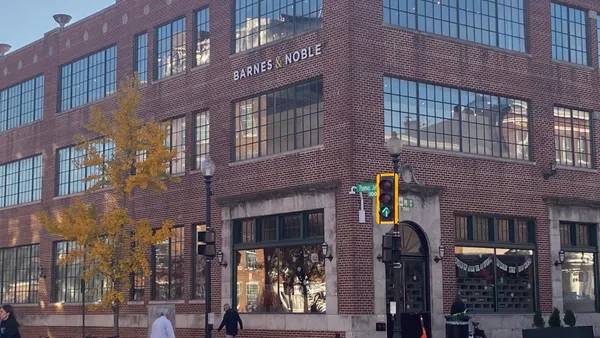Dive Brief:
-
Visa this week unveiled prototype Ray-Ban sunglasses that include a payment-enabled chip to allow a user to fund purchases by tapping the eyewear on a Visa near-field communications payment terminal.
-
Visa is running a pilot program to test the payment-enabled shades at the World Surf League’s 2017 Quiksilver Pro and Roxy Pro surf competitions in Gold Coast, Australia, an event which the financial services giant also is sponsoring.
-
Visa unveiled the prototype simultaneously at the surfing competition and at the South by Southwest Festival in Austin, TX. It has yet to outline any plans for general availability or offer any pricing details, but reportedly is running the concept by various brands and banks to size up interest.
Dive Insight:
Chris Curtin, chief brand and innovation marketing officer at Visa, explained the reasoning for even trying something like this, saying the company is merely trying to live up to its "everywhere you want to be" tagline. "Our view is we take form factors that you don't expect to be payment-enabled like sunglasses or maybe like a ring and expose to the market that maybe it can be," Curtin told CNBC.
The idea of taking off your sunglasses to tap them against an NFC terminal to pay seems kind of awkward, although Visa is testing them at a surfing event, an environment in which a lot of people might be unlikely to carry cash, and are walking around in swimsuits, with not much more on them than sunglasses. How natural would it be to pay by sunglasses somewhere else besides a beach or hotel pool? That might not be what Visa ultimately is getting at with this announcement. Perhaps it's previewing the broader notion of being able to pay with whatever seems handy, in terms of items that everyone carries virtually all the time (except for an actual wallet full of cash and credit cards — who wants to pay with that old-school stuff?).
For now, Visa is talking just about these sunglasses with a payment-enabled chip in them, by why not have that capability embedded in a set of car keys, or a ring, as Curtin suggested, or a watch — oh, wait, we can already do that through smart watches. The pay-by-whatever trend is getting to the point where consumers will be able to pay with almost any item they happen to have on them at a given time, and eventually without even having to actually do anything with that item to authorize the payment. (That's what Google had in mind with its Hands Free payment app, which is still something it may pursue in some form.)
That also might be the long-range future vision Visa had in mind when it recently partnered with IBM Watson to equip Internet of Things devices with payment capabilities. The sunglasses experiment — an experiment is really all it is at this point — and the IBM partnership may seem to have little to do with one another, but they both are aimed at fulfilling the same goal: Putting Visa payment capability everywhere Visa wants it to be. Absolutely everywhere.












